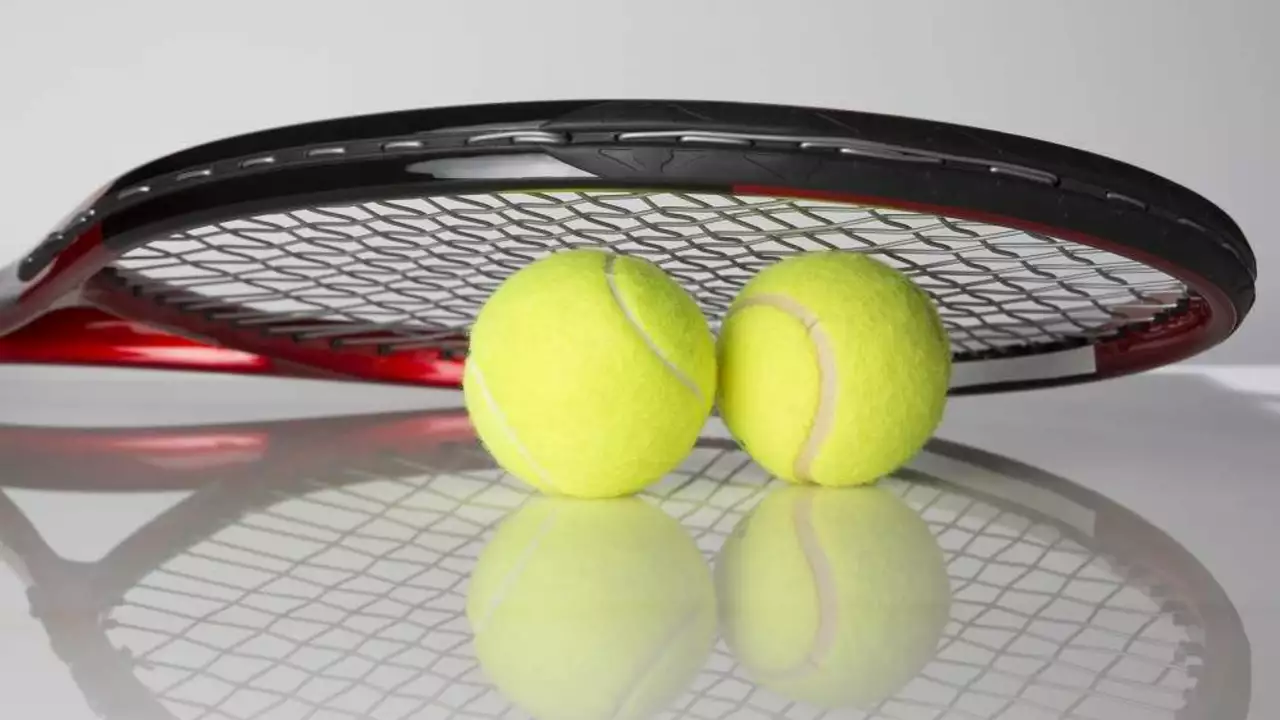Racket Pricing Guide for Table Tennis Players
Ever walked into a shop and felt overwhelmed by the price tags on rackets? You’re not alone. Whether you’re just starting out or you’ve been playing for years, knowing how much to spend can save you time and money.
What Determines the Price of a Table Tennis Racket?
First off, a racket’s price isn’t random. It’s a mix of the blade material, the rubber quality, and the brand reputation. Cheap blades are often made from lower‑grade wood or composite that can feel flimsy. Mid‑range blades use better wood layers and sometimes add carbon for extra pop. The high‑end models use premium wood and carbon, giving you a faster, more stable feel.
Rubber adds another layer of cost. A beginner‑level rubber might wear out quickly and won’t spin as much. Professional‑grade rubber costs more because it’s engineered for spin, speed, and durability. If you’re buying a complete racket (blade + rubber), the price will reflect both parts.
Typical Price Ranges
Here’s a quick snapshot of what you’ll usually see:
- Entry‑level: £20‑£40. Good for kids, casual play, or trying out the sport.
- Intermediate: £40‑£80. Better blade and rubber, suitable for club players who want more control and spin.
- Advanced/Competition: £80‑£150+. These rackets are built for speed, spin, and durability at tournament level.
Remember, you can also buy blades and rubbers separately and mix‑and‑match. That often gives you a more tailored setup without hitting the top‑end price.
So, how do you decide what’s right for you? Ask yourself three quick questions:
- How often do you play? If it’s once a week, an entry‑level racket is fine.
- What’s your skill level? Beginners need control, while advanced players chase speed.
- What’s your budget? Set a realistic ceiling and try to get the best quality within that range.
Once you have answers, you can narrow down choices quickly.
Another tip: watch for sales at local sports shops or online stores. Many retailers offer discounts on older models that are still great performance pieces. Buying off‑season (for example, after the summer league) can also land you a solid racket for less.
If you’re unsure about brand names, start with well‑known ones like Butterfly, Stiga, or Donic. They have a reputation for consistency, and you’ll find plenty of reviews to help you decide.
Finally, don’t forget the importance of trying a racket before you buy. Most clubs in Colchester let you test a few models during training sessions. Feeling the weight, balance, and grip in your hand is the best way to know if the price matches the performance you need.
Bottom line: you don’t need to break the bank to enjoy table tennis. Identify how you play, set a budget, and look for a racket that offers the right mix of blade and rubber. With a bit of research, you’ll find a racket that feels good and fits your pocket.

How much better is a $120 tennis racket than a $30 racket?
As an avid tennis player, I've always been curious about how much value you really get for your money when purchasing a racket. In this post, we're going to delve into the differences between a $120 tennis racket and a $30 racket. We'll examine the materials used, the technology, the documented benefits, and user reviews. Ultimately, we want to see if shelling out more cash actually produces a better game experience or if it's just a marketing strategy.
View More